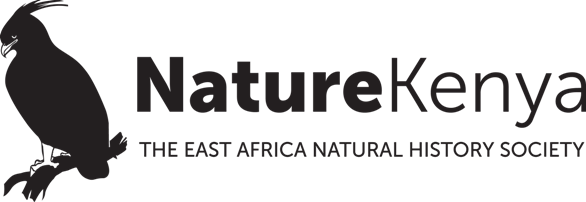By Justice Baya
Along Kenya’s beautiful coastline in Kilifi County, something exciting is happening. The Magarini Mangrove Community Forest Association (CFA) has just signed a historic agreement with the Kenya Forest Service, transforming local residents from bystanders into recognized caretakers of their beloved mangrove ecosystem.
Not long ago, the community faced familiar challenges: limited resources, unclear leadership, and a lack of interest that stifled many conservation efforts. However, everything changed when the Bengo Project, funded by Germany’s Federal Ministry for Economic Cooperation and Development (BMZ) through the World Wide Fund for Nature (WWF) Germanyand implemented by Nature Kenya, introduced a different approach focused on helping the people who actually live in this coastal area.
The change started with the basics. Community meetings came alive with fresh energy as residents rewrote their constitution, elected new leaders that included more women and young people, and started talking about what their mangrove forest could really become.
After months of planning and consultation, something positive emerged: a detailed five-year plan that looked like a dream list for coastal living. The plan brought together eco-tourism ideas, fish farming in mangrove creeks, beekeeping among the trees, forest restoration, and new ways for families to earn a living, all while taking care of the environment they depend on.
The real turning point came with signing the Forest Management Agreement between the Magarini Mangrove CFA and the Kenya Forest Service (KFS). The agreement goes beyond paperwork. It means the national government recognizes that the Magarini community knows how to take care of their mangrove backyard. Under Kenya’s forest laws, local communities now have both the rights and duties to manage their mangrove forest alongside KFS.
Positive Results
The changes are already showing up everywhere you look. Women have started successful mangrove nurseries, carefully growing seedlings that will protect the coast in years to come. Young people who used to look for work elsewhere are now finding careers in conservation and eco-tourism. Families are picking up new skills in fish farming and beekeeping that bring in steady money while keeping the mangrove ecosystem healthy.
Most importantly, there’s a real sense of pride building in the community. People now understand that their mangrove forest does much more than look good. It acts like a natural barrier protecting their homes from coastal erosion, provides nurseries where fish grow before swimming out to sea, and stores massive amounts of carbon that helps fight climate change.
A Model for the Coast
The ocean tides still roll in and out along Magarini’s shores, but now they’re seeing a community that has stepped up as environmental caretakers. What’s happening here shows something important: when communities get trusted to look after their natural surroundings, great things can happen.
The Bengo Project’s work in Magarini is already getting attention from other coastal communities in Kenya. It shows that good conservation stories combine protecting nature with helping people build better lives in the places they’ve always called home.
As the world prepares to celebrate International Day for the Conservation of the Mangrove Ecosystem on July 26, Magarini has something real to celebrate: locals who have rolled up their sleeves and taken charge of protecting their mangrove backyard, proving that real conservation happens when communities lead the way.
